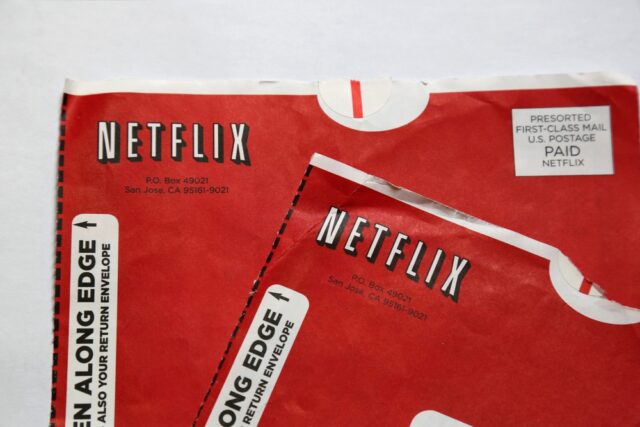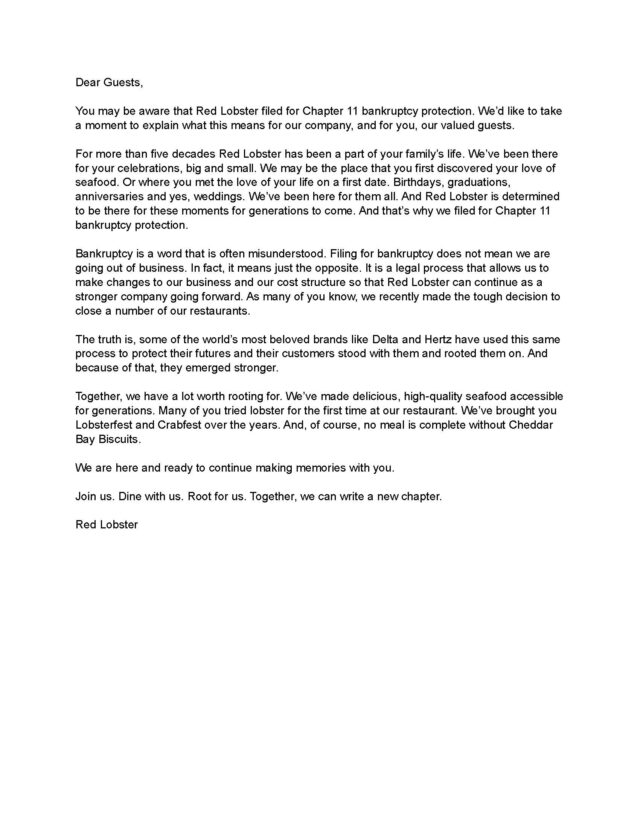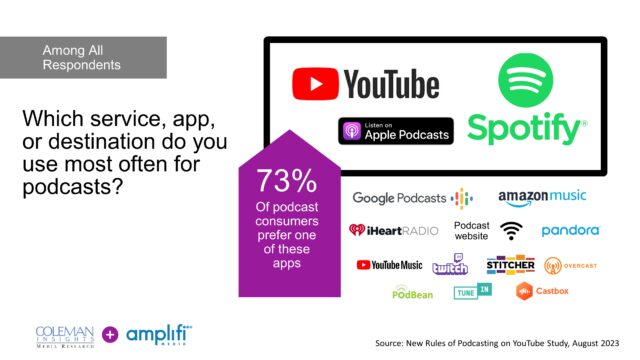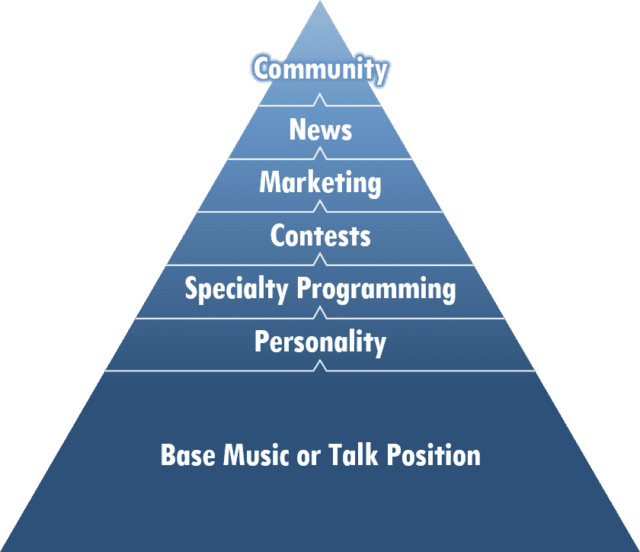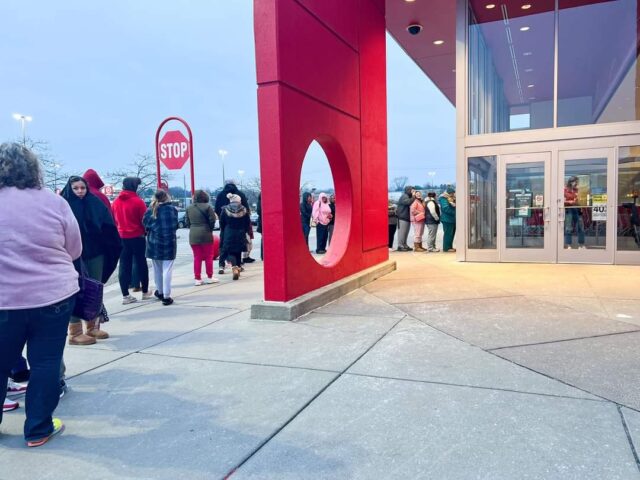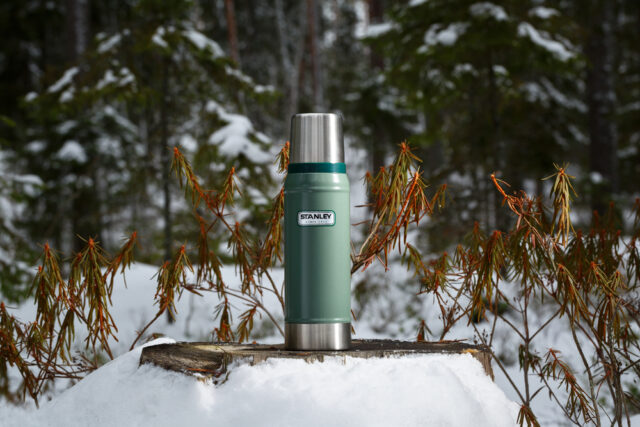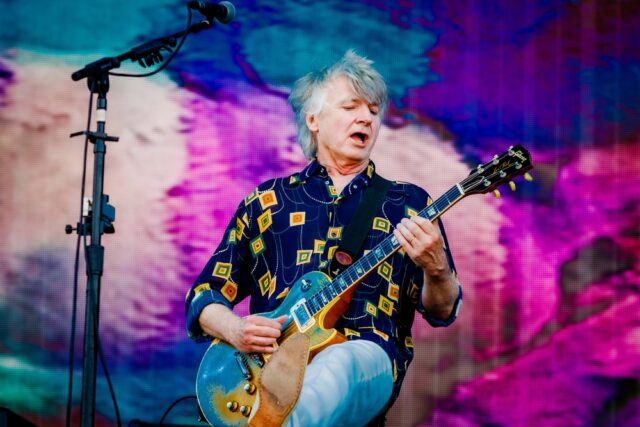
Radio station merchandise.
Since what feels like forever, radio stations have tried with varying degrees of success to get their listeners to display the logo. From t-shirt giveaways in Family 4-Packs to bumper stickers on the table at a remote, doling out station swag is a rite of passage.
You can just picture Marconi inviting listeners to spin the prize wheel.
But what if the script was flipped? What if listeners actually paid the radio station for the privilege of wearing the merch?
It’s not completely without precedent. NPR has its online store, and a handful of local radio stations do, including KROQ/Los Angeles and KSHE/St. Louis, and TEEPUBLIC has a very tasty selection of old-school shirts from call letters you would regularly see on the streets in the day: WMMS. WLIR. KMET. WAAF.
But how many radio stations have truly been able to make merchandise sales a legitimate part of their business plan?
It takes a certain level of brand affinity, a certain level of staff passion, and a very high level of execution.
Enter KLJY, JOY FM in St. Louis.
Founded by the station’s president Sandi Brown, JOY FM began broadcasting its non-commercial, listener-supported Contemporary Christian format in the summer of 2010 on its wide-reaching 100,000-watt signal. In 2020, the company launched BOOST Radio, a Christian CHR, to reach a younger, diverse demographic.
When you walk into the lobby of the building that houses the stations, there is a door to your right with “The Joy Store” etched in frosted glass.

On the other side of the door, there is a physical store filled with radio station merchandise – mostly JOY FM, some BOOST. Not just a few items here and there.
The Joy Store is bigger than some departments at Macy’s.
There is hanger after hanger of different shirts, sweaters, jackets, and tote bags. There are shelves filled with mugs, hats, and hoodies. There are baby onesies that say “Bundle of Joy” and a $40 sweatshirt emblazoned with “Choose Joy” on the front and a station logo on the back.

When you work in radio long enough, you see a lot of things and I’ve seen a lot of things.
I have never seen anything like this.
I had to ask Sandi more about the store. As I mentioned earlier, while not every brand can do something like this, I knew there had to be lessons every radio station can learn from it.
THE ORIGIN STORY: BUILDING PERCEIVED VALUE
The origin story of The Joy Store began when the station gave away t-shirts as thank you gifts during its fundraising campaigns for every gift of $250. It raised the average gift by $40, and many listeners donated in additional $250 increments to receive multiple thank you t-shirts. As Sandi explains, “This tangible expression of gratitude sparked the t-shirt/merch mania that fuels the store.”
THE SLOGAN
“Today’s Hit Music” can be a very effective slogan to build a CHR’s contemporary image, but listeners may not be passionate about wearing it on a t-shirt. “Today’s Hit Music” is about you (the station). “Choose Joy” is about them (the listener). It’s about everyone. It’s emotional. It’s a connection.
“Choose Joy” just hits different. And it changed the game.
According to Sandi, “For many years, we had station merchandise for sale. One of our brand messages is Choose Joy, and we realized listeners gravitated to that message much more than typical branded station items. It was almost as if it were a team shirt. It created a real sense of community.”
Not putting a big station logo on the front is intentional. Here’s how Sandi explains it: “The goal is to have these shirts worn, not stuffed into their closet. We’ve found that people love wearing shirts with a message that is bigger than a radio station. We’re branded on the sleeve or the back, but the win is the volume of shirts worn. It has really become a thing in our city. It is about us, but not really. And that’s the win!”
As demand increased, so did the product line. There were more shirt choices, sweatshirts, and tumblers. In 2019, they launched their “Bee Joyful” line with the word “Joyful” and a little bumblebee.
And then…
SEIZING THE MOMENT
When the pandemic hit in March 2020 and listeners were stuck at home, all things e-commerce benefited from the unique social circumstance. JOY FM, like so many radio stations, was suffering from the lack of typical revenue models, due to the cancellation of concerts and events.
The physical store, a repurposing of unused office space, opened in Fall 2020. It gets heavy foot traffic during the holidays, and occasional foot traffic during a typical day.
The station started focusing more on the online store during this time. Increased traffic led to the launch of a new, visually appealing, and user-friendly platform in the Fall of 2021.
How was it named The Joy Store? That’s what listeners started calling it.
It’s always a good idea to listen to your listeners.
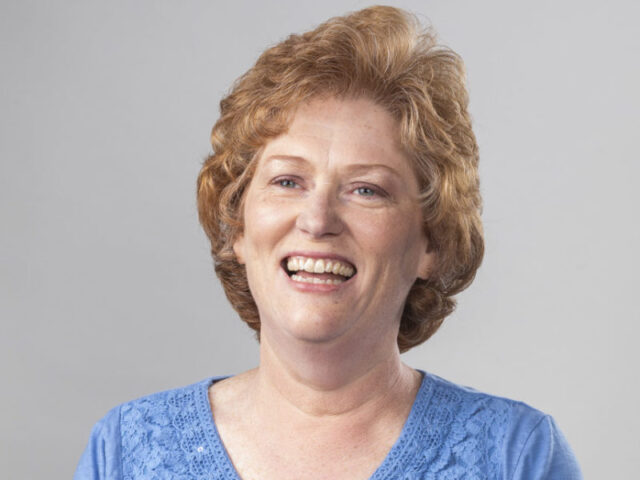
Sandi Brown, JOY FM President
THE POP-UP SHOP
Most radio stations are asked by local organizations to come to their events. JOY FM started bringing The Joy Store to them. It opens conversations about the station’s mission, builds community, and cements deeper bonds. It gives the station a desired element to bring to events and grows the community image.
THE RESULTS
Annual gross sales are in the hundreds of thousands of dollars, with a net profit of just under $100,000. All profits are directed back to the ministry for outreach.
CAN YOU DO IT?
The Joy Store is an obvious outlier in today’s local radio universe, where we’re so often told the medium is dead or dying and brands aren’t what they used to be. So, can other radio stations do this, and what conditions need to be in place to be successful?
Sandi has thoughts on that, too.
“Deciding on your WHY is a wonderful place to start and could really help define what “success” is internally. This is a passion project for us. Some questions to ask… Do you have passionate listeners who are asking? If not, why not? Do you have the bandwidth for ideas and design and promotion? If you want to grow, do you have the space in your building to merchandise a store?”
For what it’s worth, the “Choose Joy” shirt is the first shirt in my 35 years in radio that my wife has ever wanted to wear. When I wear it around town, at least one person tells me they like my shirt.

Yep, it’s a radio station.


